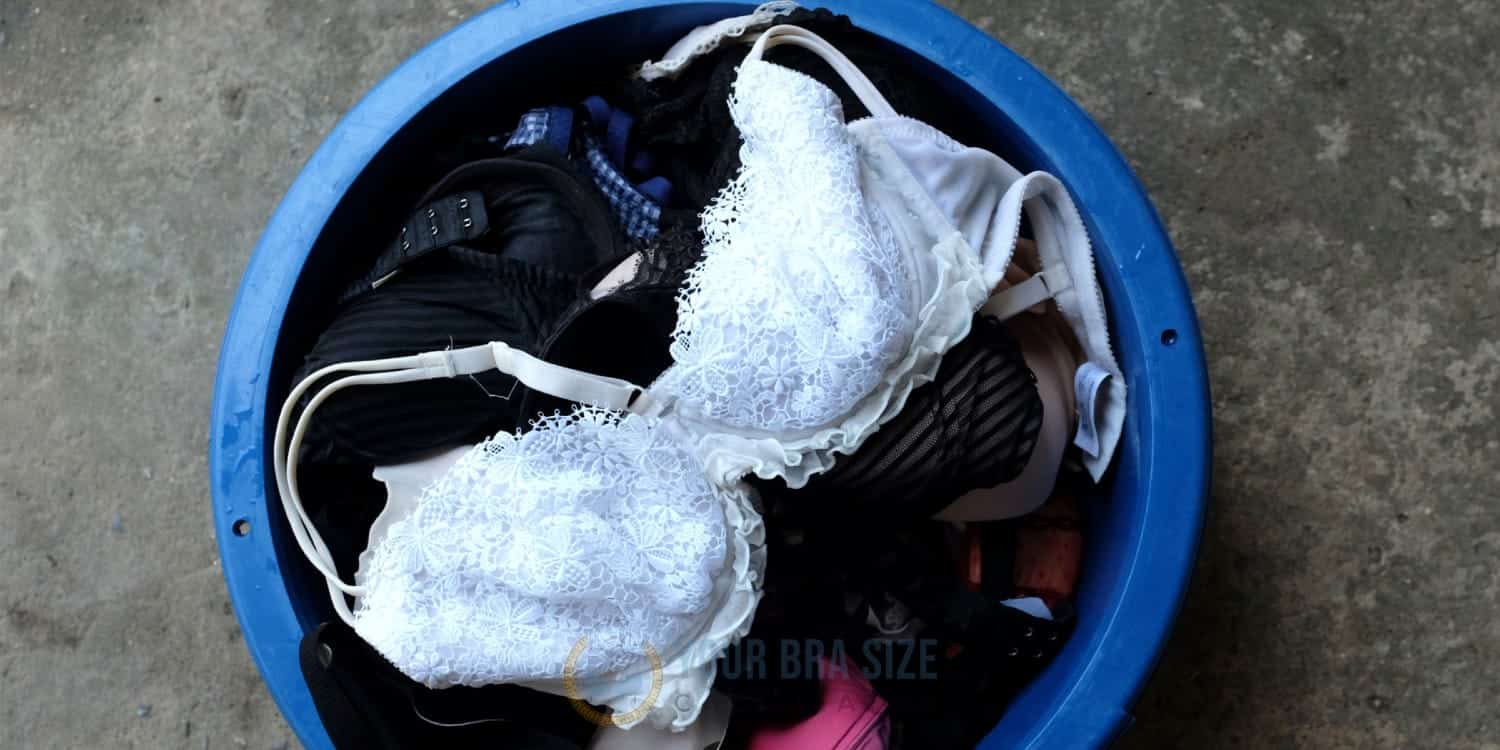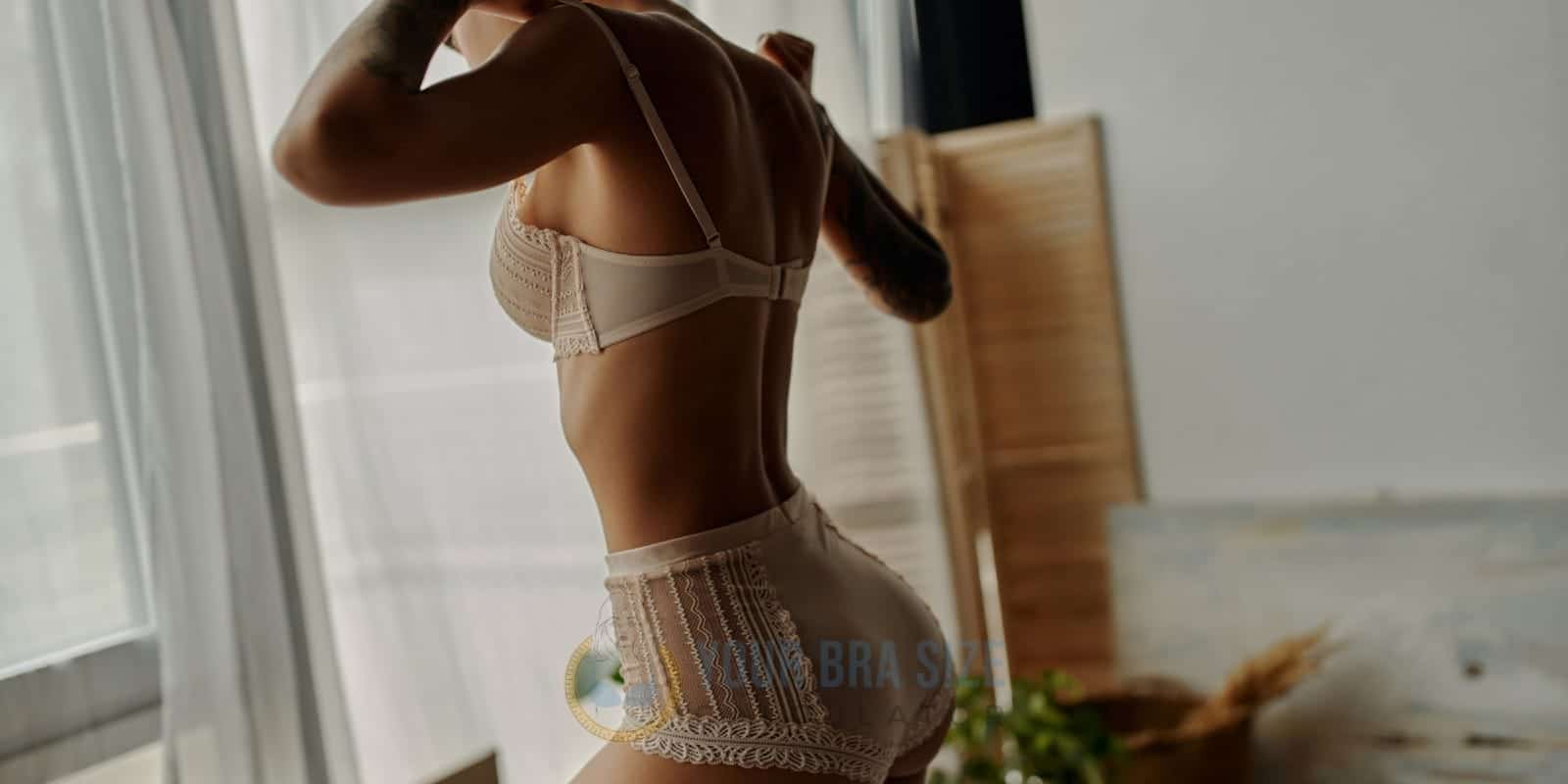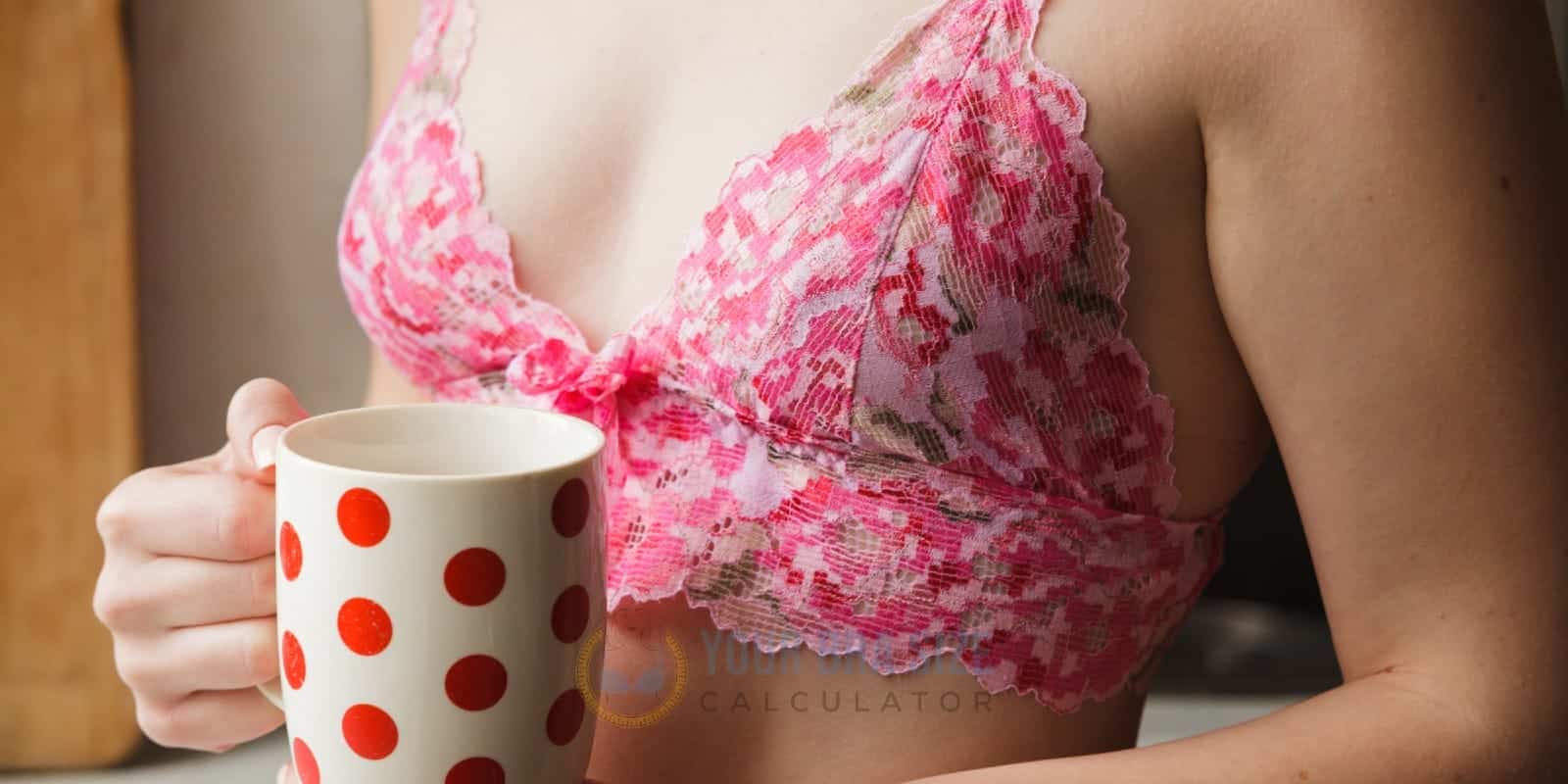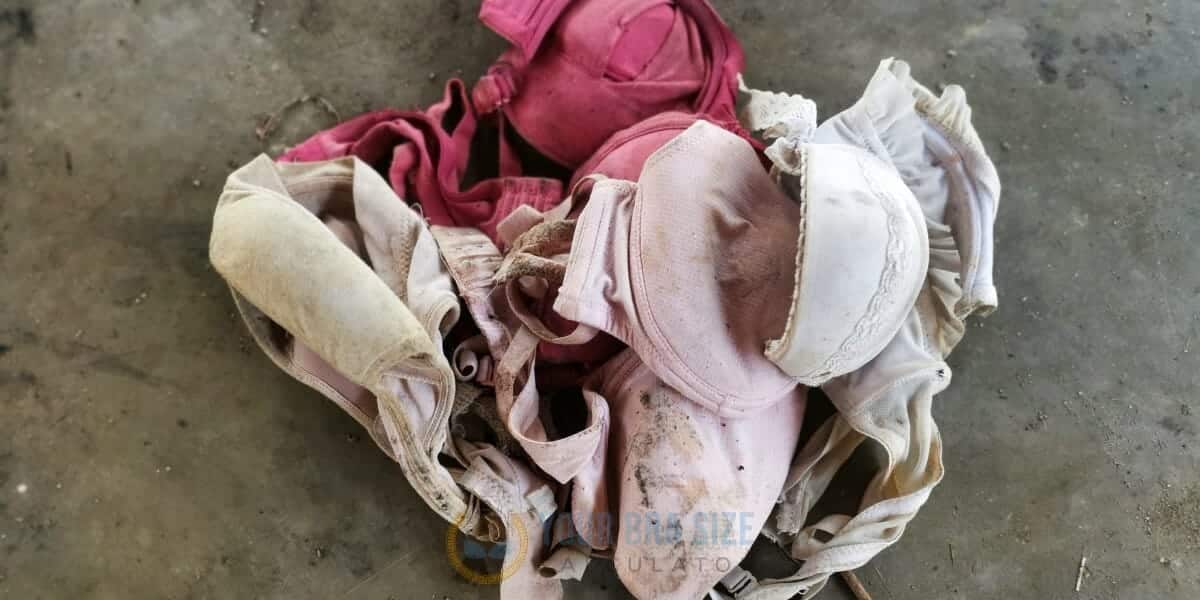Are you looking for tips and tricks on how to care for your bras? It can be hard to know which bra needs what kind of treatment with all the different fabrics. Well, worry no more! This article will provide some helpful advice on caring for different types of fabrics so that your bras stay in top condition. From washing by hand to drying flat, read on to find out exactly how you should be taking care of your lingerie.
Do you ever wonder why some bras last longer than others? It’s not just about quality – how a bra is cared for has an impact too. Different materials require different treatments to keep them looking their best and maintain their shape over time. Knowing this information can help save money and protect your investment pieces from damage or wear and tear.
From lace to cotton, there are plenty of fabric options when buying lingerie, so if you want to ensure that your bras look great and last long, read on! In this article, we’ll discuss everything you need to know about proper bra care techniques depending on the fabric they are made from.
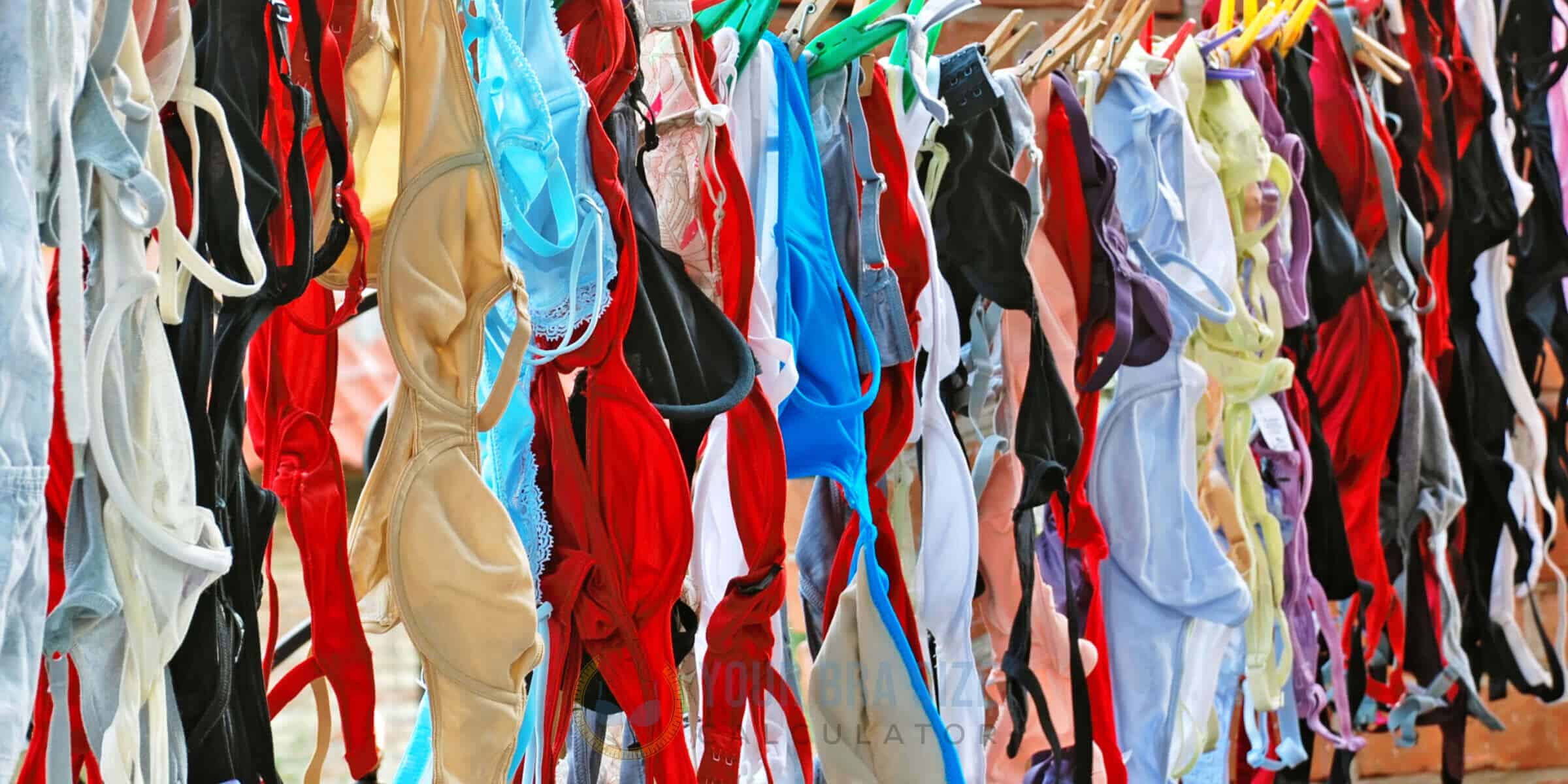
Types Of Bra Material
It’s essential to understand the type of bra fabric you’re dealing with, as different materials require different levels of care. There are four main types of fabrics commonly used in bras: synthetic fibers like nylon and lycra; natural fibers such as cotton and silk; delicate laces and sheers; and blends that combine two or more fabric types. Each one requires a unique approach when it comes to cleaning, storage, and maintenance. Knowing how to care for your bra material properly is critical to preserving its shape, fit, and comfortability and ensuring you get maximum wear from your purchase. Therefore, understanding the basics of each fabric will help ensure you keep your bras looking their best.
When washing any bra material, opt for a gentle cycle on cold water when possible – never use hot water! You should also use a mild detergent designed for delicates or hand-wash items whenever possible. Spot-cleaning may be necessary for certain fabrics like lace or sheer materials due to their delicate nature. It’s essential to read clothing labels thoroughly before laundering any garment so that you can treat the fabric according to manufacturer recommendations. With proper knowledge about the various types of bra material available and mindful handling habits, you’ll have no problem keeping your bras in top condition. The time now to look at how to clean each fabric safely and effectively.
How To Wash Each Fabric
As the saying goes, “An ounce of prevention is worth a pound of cure.” The same applies when caring for your bras – follow these tips to keep them looking and feeling like new!
When it comes to washing different fabrics, there are some key steps you should take to ensure that your bras remain intact:
- Hand wash delicate materials such as lace or silk with cold water and mild detergent.
- Use warm water on a gentle cycle and an appropriate laundry detergent for machine-washable materials such as cotton or synthetic blends.
- Air dry all garments after washing rather than putting them in the dryer – this will help maintain their shape and longevity.
- Spot-clean any spills or stains immediately with a damp cloth before laundering.
Taking proper care of your bra fabric will keep it from becoming damaged and preserve its fit and comfort over time. When handling bras, avoid stretching out straps or clasps with caution when taking them off; never pull on the straps too hard, as they could break if stretched beyond what they were designed for. Additionally, store each type of bra separately (e.g., sports bra with other sports bras) so that they don’t get tangled up together, while keeping hooks closed between uses helps prevent any snagging during storage. With these simple yet effective tips, you can be sure that your favorite undergarments stay pristine no matter how often you wear them! With regular maintenance and attention to detail, you can enjoy wearing beautiful bras for years to come – now, let’s move on to tips for storing and handling them properly.
Tips For Storing And Handling Bras
Storing and handling bras properly is essential for keeping them in top condition. Pay attention to the fabric type, bra storage methods, and how you manage your bras to ensure your lingerie lasts longer. Here’s a quick guide on what to do to keep your bras looking their best:
| Fabric Type | Storage | Handling |
| Lace/Delicate Fabrics | Keep folded and stored away from direct sunlight or humidity – place in drawers with acid-free tissue paper between each item. | Avoid overstretching bands when putting on or taking off these delicate fabrics. Also, avoid snagging straps or hooks onto other garments while dressing. |
| Synthetic Fibers (Spandex) | Hang up using hangers explicitly designed for lingerie items; otherwise, fold neatly into drawers lined with acid-free tissue paper. Store away from direct sunlight and moisture. | Be careful not to stretch out the elastic material when putting on or taking off, as this can permanently damage it. Gently snap back any stretched elastic fibers before storing them, if possible. |
| Cotton/Linen Blends | Fold nicely and store away from direct sunlight or moisture, preferably in linen bags that are breathable but also protect against dust mites and other pests – line drawers with acid-free tissue paper for extra protection of these natural fibers. | Always remove jewelry such as rings, necklaces, and earrings before wearing these fabrics, as they may snag easily due to their coarser texture. Always take off bras by unhooking rather than stretching over the head, which will prevent distortion of shape caused by pulling at edges too hard during the removal process. |
It’s important to remember that proper storage and handling keep bras looking better for longer. So following these tips is worth the effort! With appropriate care given, you’ll have beautiful lingerie pieces that last through many wears without showing signs of wear and tear quickly!
How To Repair Bra Damage
Tackling bra damage can be like a jigsaw puzzle. With the right tools, techniques, and know-how, your bras will look as good as new in no time. When repairing bra damage, the first thing to do is to assess the fabric type and amount of damage caused by wear or tear. Depending on what kind of material the bra is made from, several repair techniques may come into play.
For delicate fabrics such as lace, silk, and nylon mesh, mending with needle and thread may be necessary for small holes or tears. If this isn’t possible due to the hole size or complexity of stitching needed, patching techniques can work well too. A piece of matching fabric cut slightly larger than the damaged area can be sewn over it using an invisible stitch to keep everything intact. Similarly, intricate detailing needs more attention than simple sewing provides. In that case, embroidery floss might lend itself better to repairs on these kinds of fabrics.
When working with thicker materials such as cotton jersey knit or spandex blend fabrics found usually in sports bras, applying adhesive patches are often enough to mend any rips or holes in the cloth without having to sew them down individually. Some styles even come pre-stitched with velcro closures which makes replacing worn-out parts much more accessible than hand-sewing them back together. These types of repairs don’t require specialized knowledge either; all one needs is patience and precision when cutting out patches and sticking them onto clothes strategically so they hold securely but remain undetectable once done.
With a bit of creativity and effort, fixing up your favorite pieces rather than discarding them immediately at their first sign of distress will save you money in the long run while also helping reduce waste from fast fashion clothing cycles – a bonus!
Products That Can Help Preserve Bras
When it comes to extending the life of your bras, many products can help. You’ll find something to fit your needs, from bra wash and detergent formulated explicitly for delicate lingerie fabrics to a wide range of accessories like extenders, protectors, and pouches.
Here are some items that can be beneficial:
- Bra Wash: A cleaning solution made with mild ingredients designed to gently clean delicate lingerie without damaging its fabric or elasticity.
- Bra Detergent: A specially formulated laundry detergent that helps keep colors vibrant while leaving a pleasant scent on your undergarments.
- Bra Extender: An adjustable clip-on device used to extend the length of any bra band size by up to three inches when you need more room in the chest area but don’t want to purchase a new set of bras.
- Bra Protector: A thin layer of soft material placed between two layers of fabric helps prevent friction from occurring during wear and tear, thus prolonging the life span of your bra collection.
- Bra Pouch: A small pocket sewn onto the inside lining of a piece of clothing where you can store your bras safely when not in use – perfect for travel!
These products can all contribute to preserving your bras over time. With their help, you’ll discover how easy it is to maintain the quality and shape of each bra in your wardrobe – even after multiple wears and washes! Next, we will look at strategies one can employ to further maximize their garment’s longevity.
Strategies To Extend The Life Of A Bra
Recent studies have shown that the average woman wears her bra for 6-9 months before replacing it. This means that proper care and maintenance of a bra can extend its life cycle. The best way to do this is by being mindful of what fabrics each bra is made from and following specific instructions on keeping them in good condition.
For cotton bras, hand-washing with lukewarm water and gentle soap is suggested, as well as air drying away from direct sunlight or heat sources. Synthetic bras should not be washed; they should be spot cleaned using a damp cloth and mild detergent where necessary. For delicate lace bras, special attention must be paid when laundering to avoid snagging or damaging the fabric. Hand washing with cold water and a light detergent provide better protection than machine washing.
Having an appropriate number of bras in rotation helps maintain their quality over time, too, since constantly wearing one will cause it to wear out faster than if you had multiple options. Investing in high-quality lingerie also contributes significantly towards ensuring your bras last longer – even if they cost more initially; they are likely to save money in the long run due to fewer replacements being needed throughout the year.
Conclusion
In conclusion, taking proper care of your bras is essential to ensure you get the most out of them. Knowing what material they are made from and how best to clean them will help keep them looking their best for longer. Taking a few moments to store and handle your bras with care can go a long way in preserving them. If any damage occurs, products are available that can help repair it or extend the life of your bra. All this said, prevention is still better than cure when maintaining your bras, so take good care of them!
We can all agree that having well-maintained lingerie makes one feel extra confident – an adage that holds true even today. Thus, remember to give our beloved brassieres some TLC now and then! After all, a little effort may mean the difference between feeling sartorially savvy or woefully unkempt.

